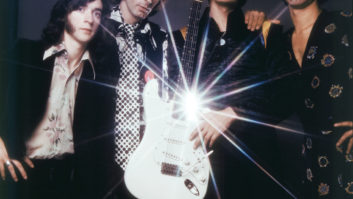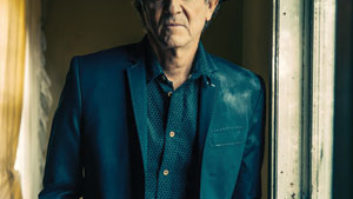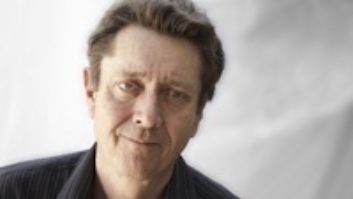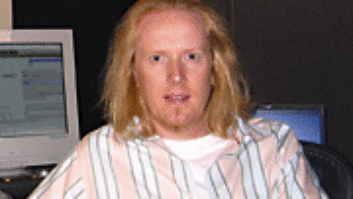The collaboration between Sarah McLachlan and Pierre Marchand goes beyond her albums; they’ve also built a studio, Wild Sky. Marchand explains how the facility came to be: “The first album we did, Solace, was recorded on a 3M 24-track, in various places, including Vancouver and Daniel Lanois’ place in New Orleans. During the pre-production for that album, we were looking for some quiet space to work and stumbled on this house here by chance. We rented it for a month or two, and everything we did sounded great, so after a year of going from studio to studio, I came back and rented this place permanently. It’s a beautiful house on a hundred acres of woodland, with a cliff in front of it and lots of light inside. It’s a good place to get away from it all and very pretty in winter. It’s owned by a painter, and I set the studio up in the painter’s studio, which has a lot of daylight. It also is a great-sounding room.”
The room can be seen on the interview video that’s part of multimedia section of the Surfacing CD. It’s an atmospheric space, lighted with candles. A 32-channel Helios mixing desk is right in the recording room. “I’ve never liked working in traditional studios,” Marchand explains. “I prefer to be in the same room as the artist all the time. I never use iso booths or recording areas; everything is recorded around the console.
“The reason is that I don’t like talkback,” he continues. “I go for performance, and communication is better when there’s not talkback and no isolation. In any case, I always record everything flat, so there’s no need for me to twiddle knobs during recording. I put up a mic, and if it sounds good, wonderful, if not, I move the mic or try another mic. But I don’t spend a lot of time trying out or putting up microphones. Most microphones here are set up permanently, and that works fine. I may change or EQ the sound during the mixing stage. Sonic perfection is not my primary aim, which is why I prefer to engineer things myself. I figure that if there are four technical people in a room, such as engineers and assistant engineers, the whole atmosphere gets so technical that it creates a laboratory mood. I’d rather have only people present who are making music, and capture that with the gear.”






